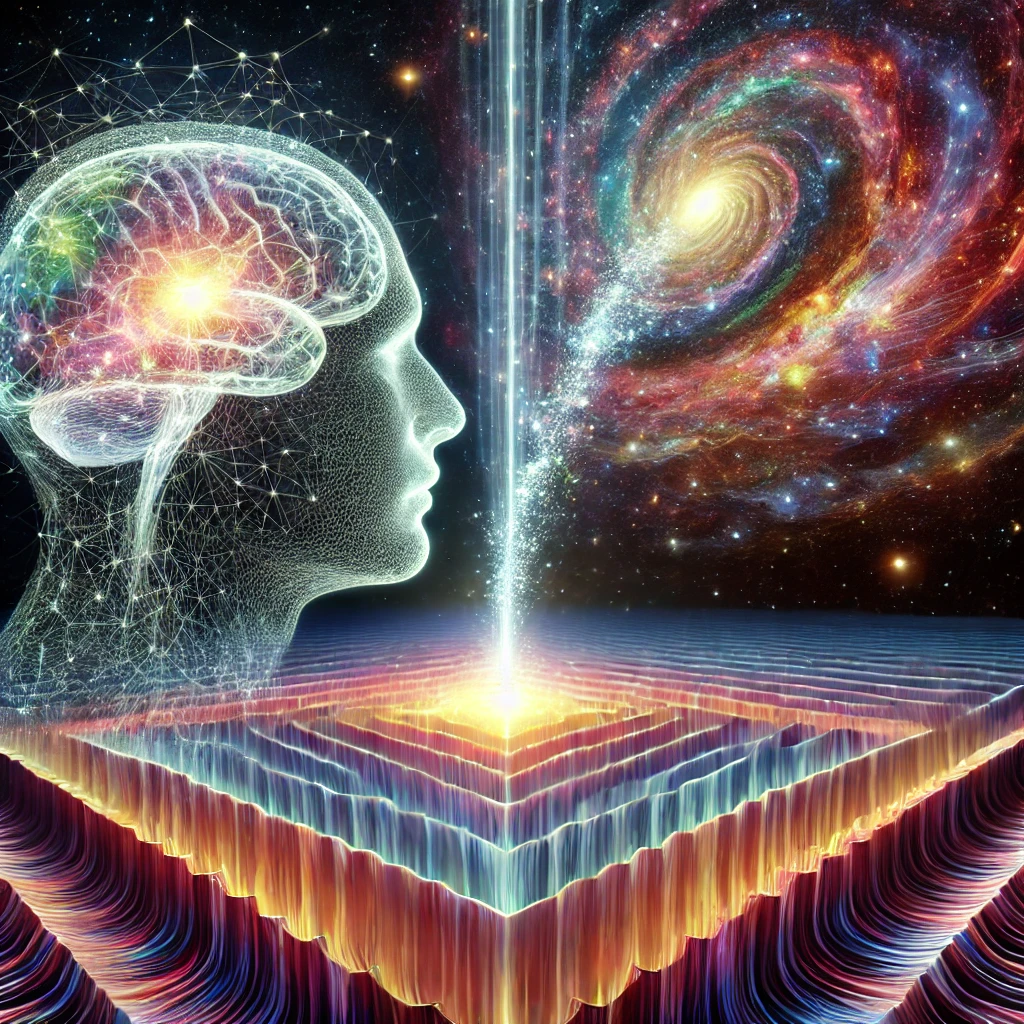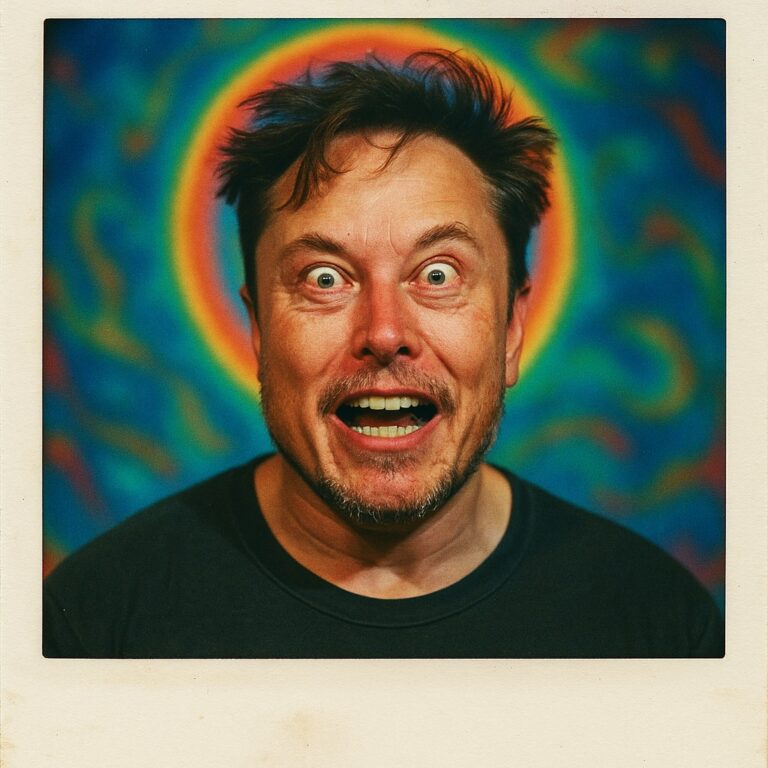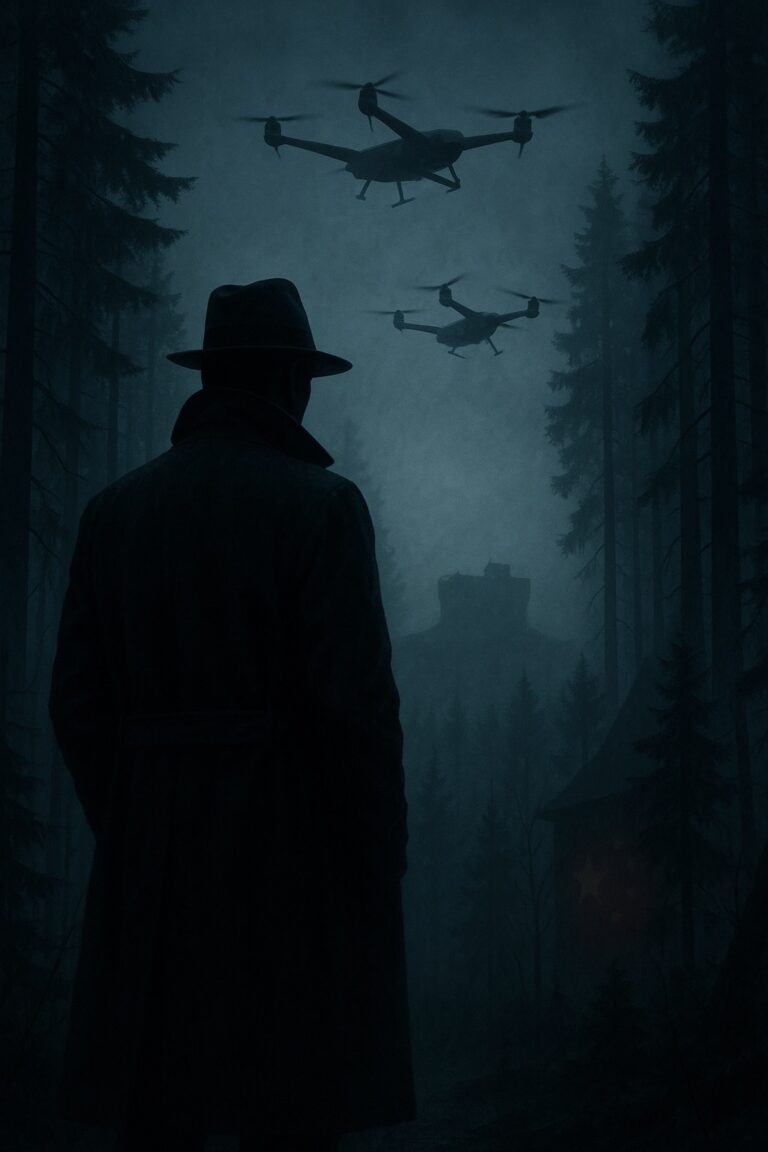
Consider, if you will, the mysterious nature of human consciousness, a phenomenon so elusive that for centuries it has defied our understanding. We are not merely biological machines, reacting to stimuli or processing neural signals. Instead, some suggest that our consciousness might extend beyond the tangible, beyond what we can touch, see, or measure. Could it be that we are tapping into hidden dimensions—realms of existence that our current science cannot perceive?
Physicist Michael Pravica has put forth a provocative hypothesis, one that may challenge our very sense of reality. He posits that in those moments of creativity, when we dream, ponder the great questions of the universe, or craft art and philosophy, our minds are not confined to the dimensions we know—height, width, depth, and time—but are, instead, briefly reaching into higher, hidden dimensions of the cosmos. It’s a bold claim, one that draws upon the idea of hyperdimensionality—the notion that our universe consists of more dimensions than our limited senses can detect.
Now, imagine a simple two-dimensional being, living its life on a flat plane, oblivious to the depth and expanse of a three-dimensional world. If a sphere were to pass through its plane, this being would perceive only a growing and shrinking circle, unaware of the full form passing by. Pravica likens us to such beings, existing within a four-dimensional universe yet unable to perceive the additional dimensions that may surround us.
These hidden dimensions, Pravica believes, could hold the key to understanding the mysteries of consciousness. In his theory, when we engage in deep thought or enter altered states of awareness, our minds might momentarily sync with these hidden planes, receiving inspiration and insight from realms beyond our everyday experience.
This notion aligns with ideas from string theory, which proposes that the universe is composed of minuscule, vibrating strings that interact in dimensions far beyond our perceptual reach. While we observe the effects of these strings in our physical world, the true essence of their nature may reside in dimensions we have yet to explore. Consciousness, Pravica suggests, might be our unique connection to these unseen realms.
It’s a notion that teeters on the boundary between science and something more metaphysical, raising questions that extend beyond the laboratory. Can our brains truly interact with higher dimensions? Can these dimensions explain the depth of human creativity, the profound nature of our dreams, or even the very existence of what we call the soul?
Critics are quick to point out the lack of empirical evidence for such claims. Even with the most advanced technology available, like the Large Hadron Collider, we have yet to observe these hidden dimensions directly. The science, they say, borders on fiction.
And yet, we are beings who dream of distant stars, who look up at the night sky and wonder what lies beyond. Could it be that in the act of wondering, we are momentarily glimpsing those otherworldly dimensions?
As Pravica himself muses, “The sheer fact that we can conceive of dimensions beyond our own, that we can build mathematical frameworks to describe them, hints at something far greater than our biology.”
In this vast and mysterious universe, where the unknown still beckons, the pursuit of understanding consciousness through higher dimensions might just be the next great frontier.




So, next time I forget my keys, can I just blame it on being stuck in a higher dimension?
Absolutely! Just tell people, “My keys are probably chilling in the fifth dimension, way beyond my reach. I’ll catch up with them when the universe syncs up again.” Sounds way cooler than “I left them on the counter.”
Tapping into hidden dimensions sounds exciting, but if we’re barely surviving this one, do we really want to open that can of cosmic worms? not I said me!
Sure, our consciousness connects to higher dimensions… that’s how I teleport to work every morning!